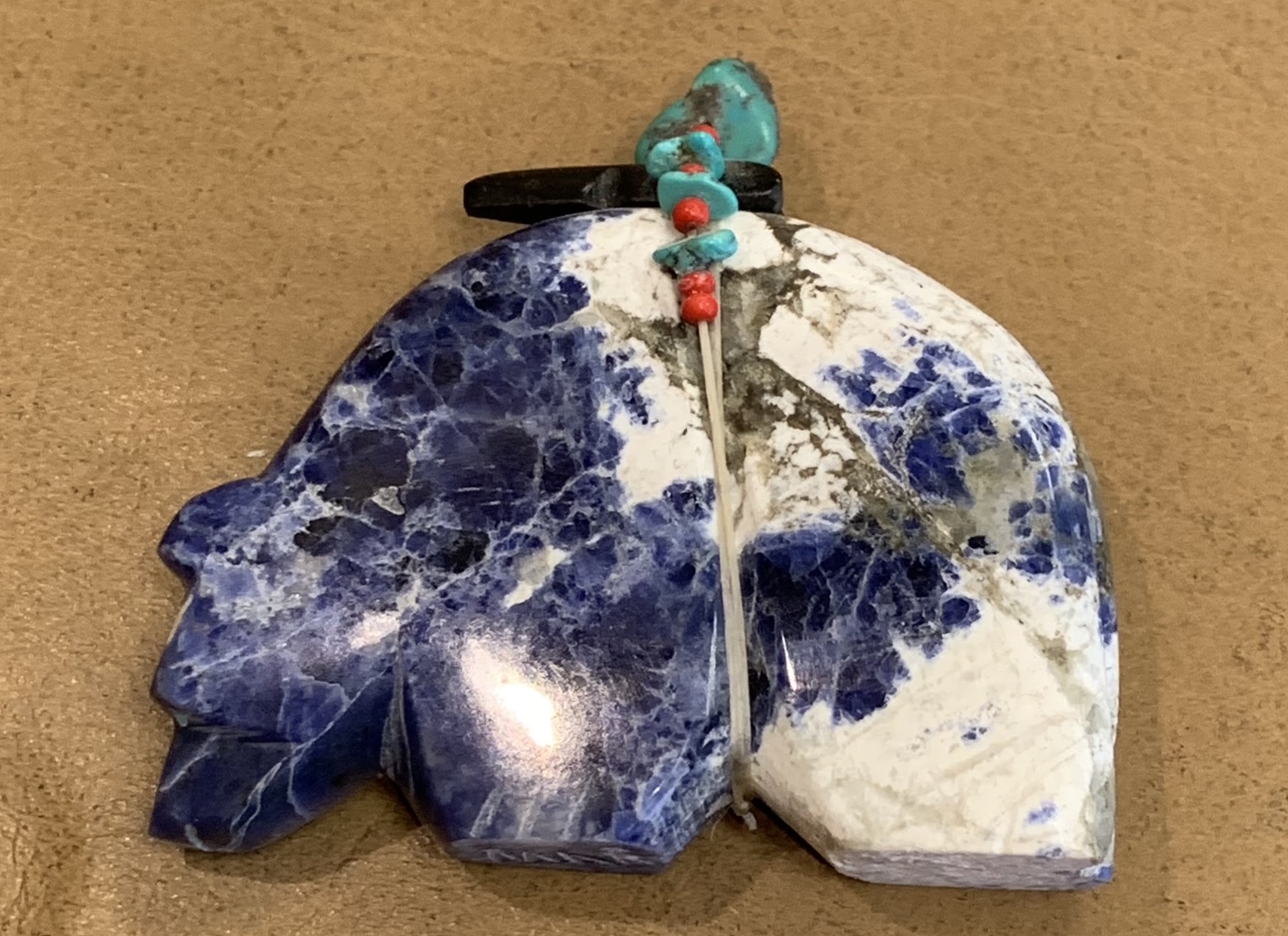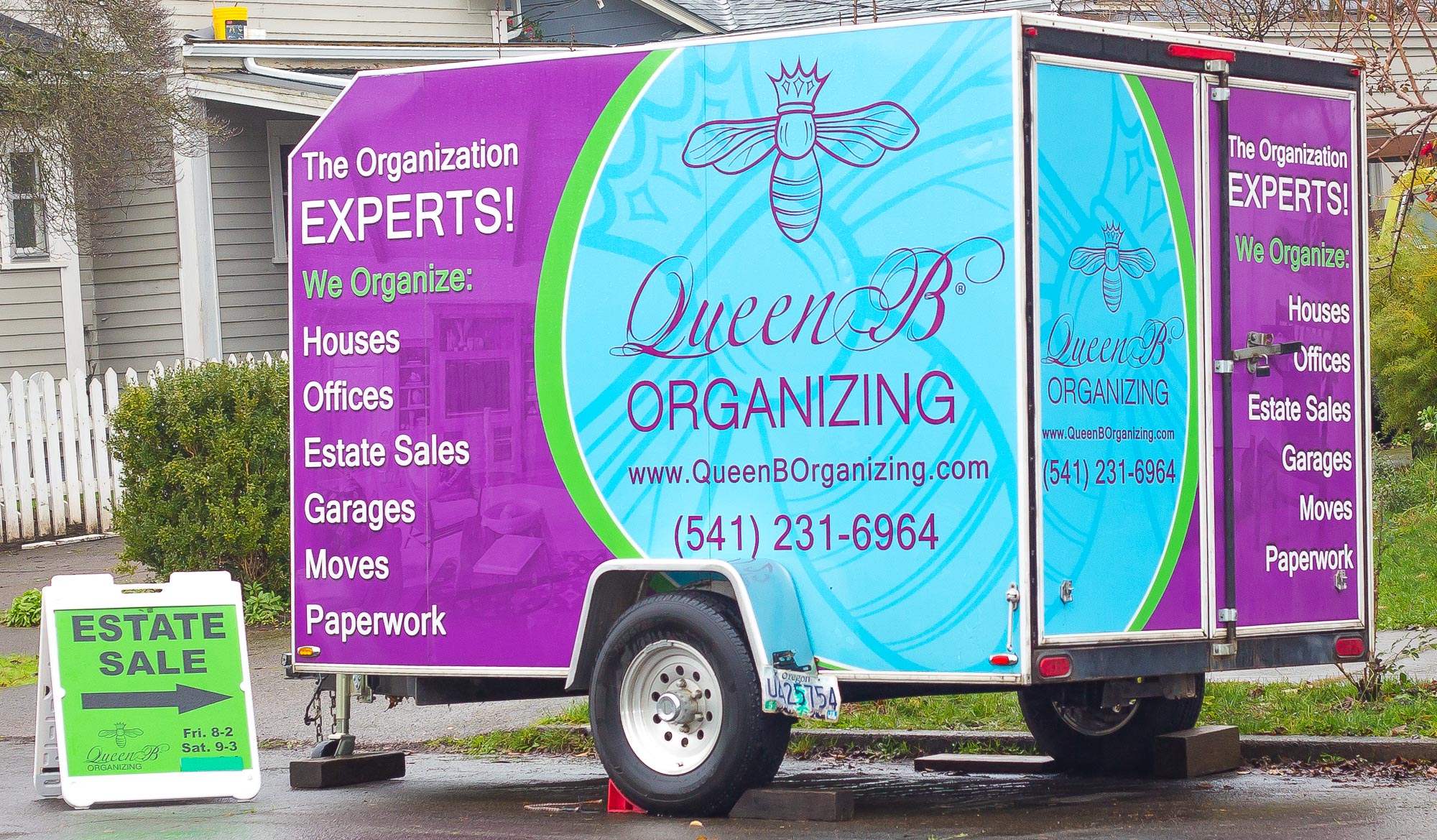QBO is here with our annual April Public Service Announcement: Your dignified old ancestors were relentless (and often tasteless) pranksters! From past QBO sales… Exhibit A: this ridiculous […]
Laurel Burch
Laurel Burch Laurel Burch’s playful, slightly odd, yet beautiful creations get snatched right up by people who come across them at Queen B sales. And why shouldn’t the […]
Zuni Fetishes + Necklace
Hand Carved Talismans These little stone works of art from a past Beehive sale are known in English as Zuni Fetishes. They are based on a very old […]
Zulu Wire Baskets
Intricate baskets made from outdated technology This little work of art is from one of our Beehive sales. If you are unfamiliar with these unique Zulu baskets, you’d […]
Shoes That Have Lasted
[av_textblock size=” font_color=” color=” av-medium-font-size=” av-small-font-size=” av-mini-font-size=” av_uid=’av-l7z5esda’ custom_class=” admin_preview_bg=”] Shoes that have lasted These traditional shoes (both wearable and souvenir tchotchkes) came from a single QBO estate […]
Shop Like A Pro: Estate Sale Shopping Tips
Rae Jean Carter has been coming to Queen B Organizing estate sales since she moved to Corvallis in 2014. “I made friends with the owner and then I […]
A Guide to Arranging Wall Art
[av_textblock size=” font_color=” color=” av-medium-font-size=” av-small-font-size=” av-mini-font-size=” av_uid=’av-kpg0dq92′ custom_class=” admin_preview_bg=”] A Guide to Arranging Wall Art Guest Contribution by Hana Rehman Curating your own gallery is an amazing […]
Where Should I Live When I Retire?
Where Should I Live When I Retire? Today’s seniors have many options to choose from when it comes to deciding where to live when they retire. With so […]
Questions to Ask If You’re Thinking About Retirement
Making the decision to retire is not always an easy one, and many factors, including health, lifestyle, family concerns, and finances all need consideration. In the last half […]
Preparing to Downsize
Preparing to Downsize At a certain point, because of retirement, health issues, or lifestyle preferences, many seniors consider downsizing their home. Sometimes, it is loved ones who initiate […]






